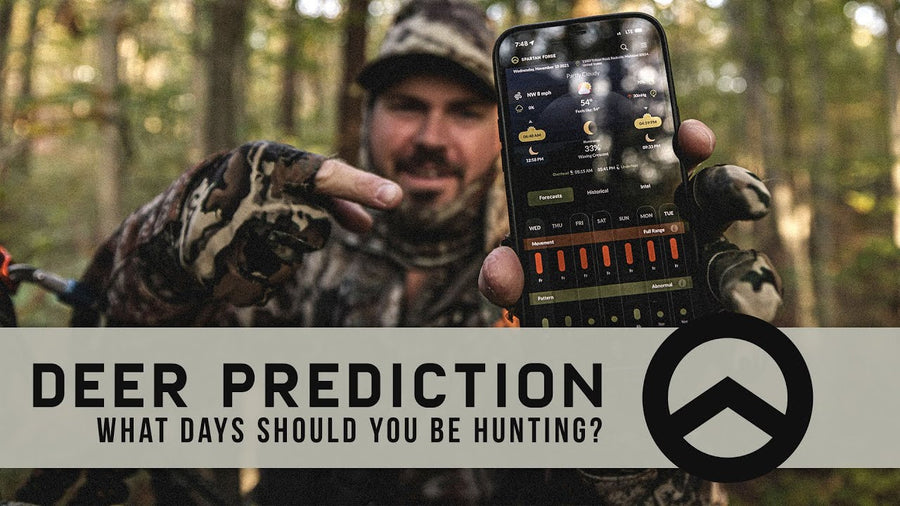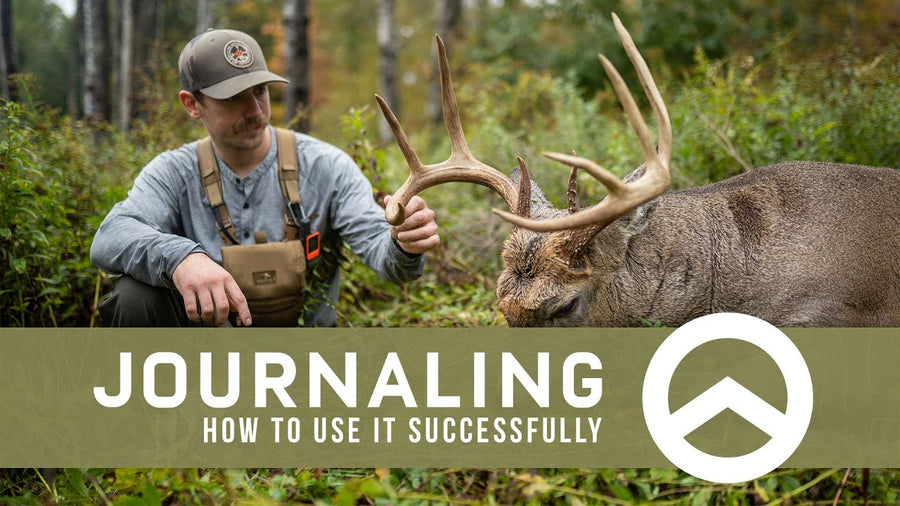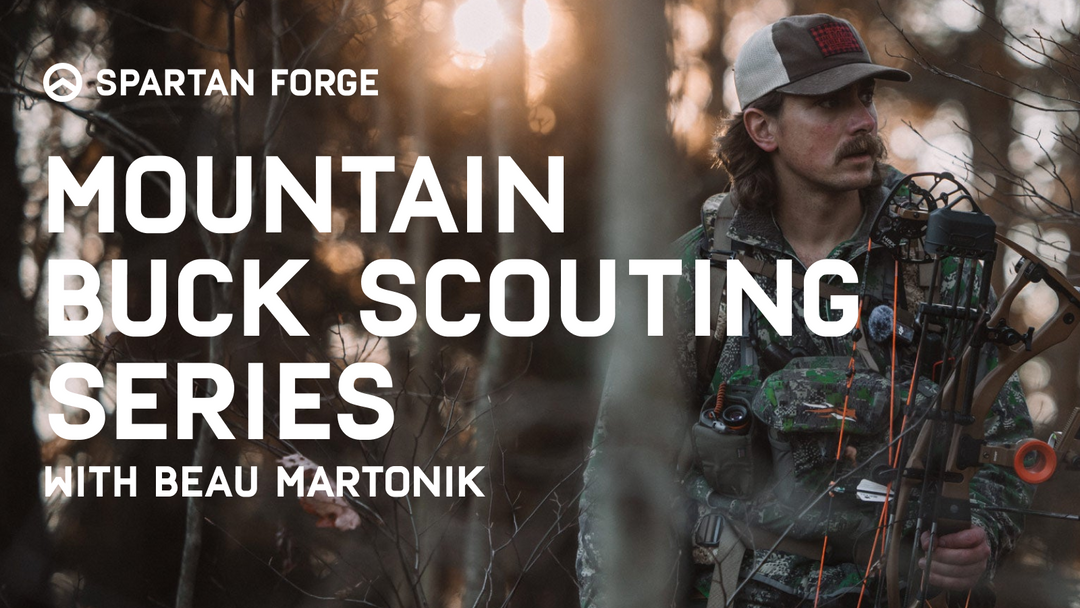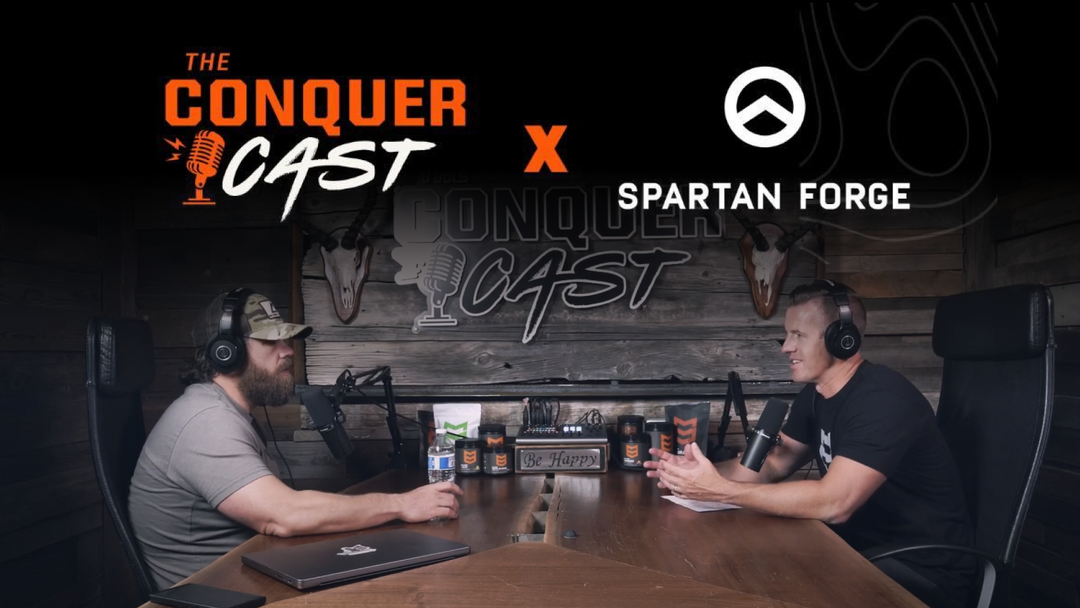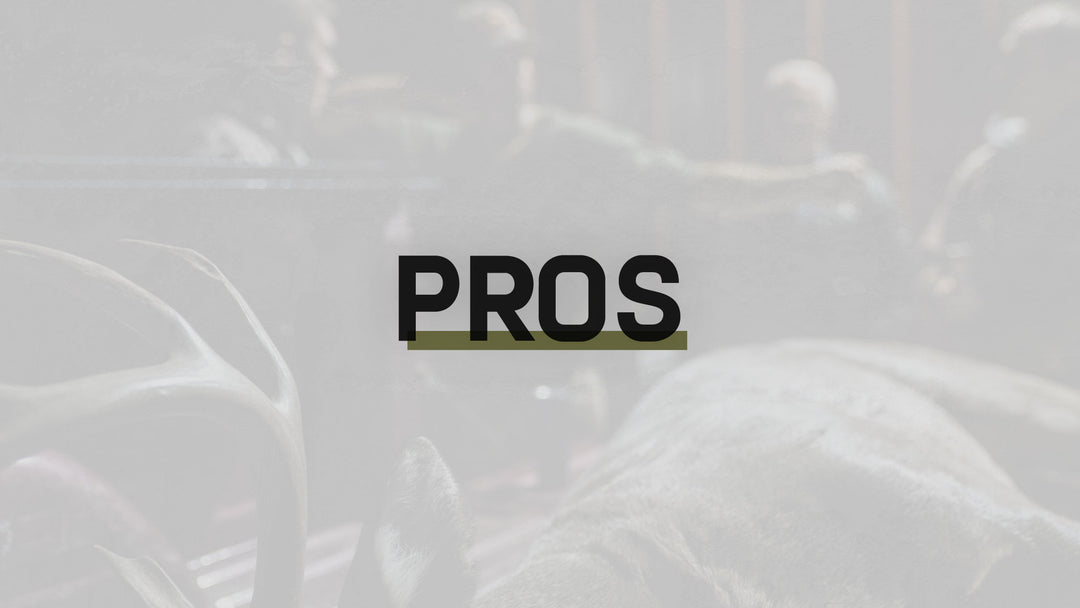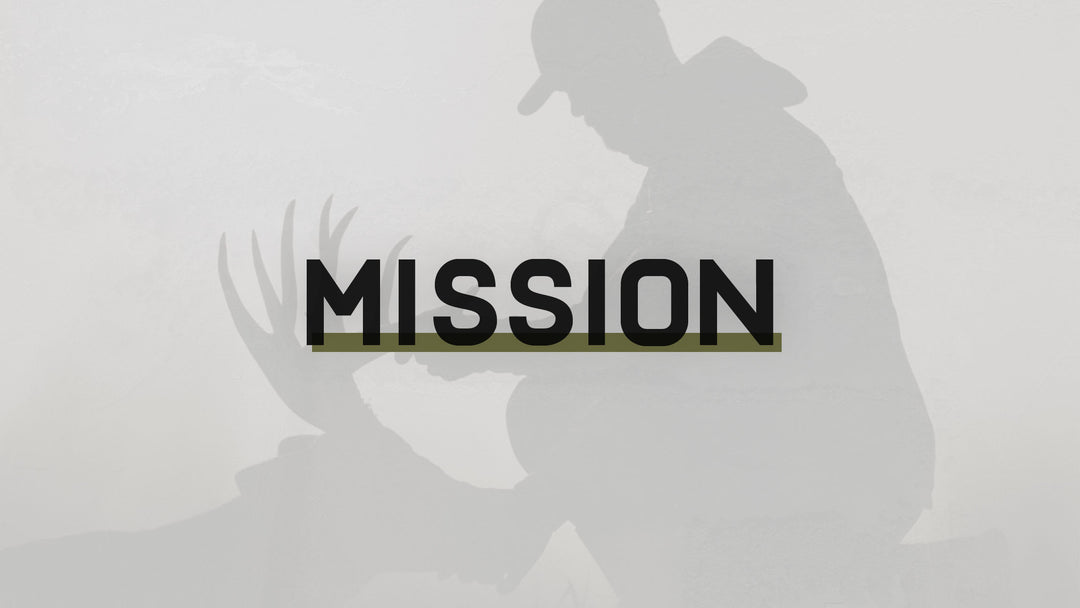Pre-Rut Tactics That Get It Done
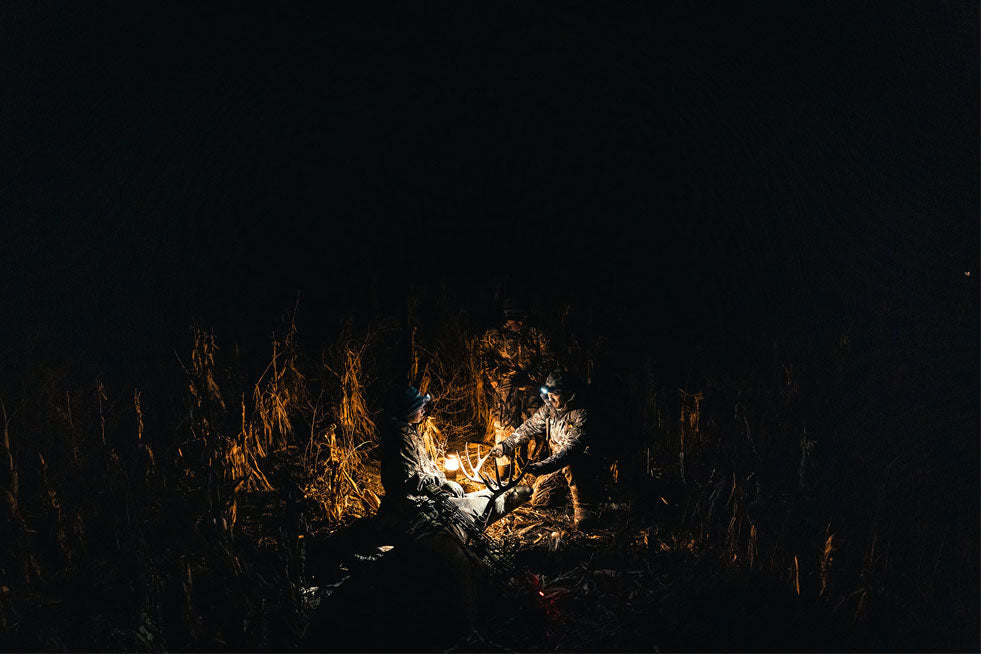
Most of the deer hunting world lives for the rut. I know someone who, when things go poorly during the early season, always says something along the lines of “Just wait. It’s going to get good during the rut. Those bucks aren’t going to be thinking about the wind and they’re going to mess up.” Well, if you’ve put much time in, you know that there’s some truth to that, but not as much as some might think. Mature bucks definitely still use the wind during the rut. They don’t just completely turn off their senses in November, but that’s how most view the magic month. For me, it feels more like the end of all that I know. I can’t hunt the patterns I’ve honed in on. I have to focus on terrain features near doe bedding and just hope something comes cruising in. Some people love that. I don’t. And because of that, I prefer the pre-rut. During the pre-rut, bucks are moving more during daylight, they’re getting aggressive, they’re working scrapes and responding to calls, but they haven’t jumped ship yet. They’re still patternable. They’re still making the rounds in your neck of the woods, working the scrapes you know about, and bedding close by. The pre-rut, in my opinion, is the absolute best time to harvest a mature buck that you’ve been watching. As with all things, there are many ways to get it done, but we’re going to look at a few tried-and-true tactics that myself and many others have had success with.
High-Pressure Mornings
If you usually don’t pay attention to barometric pressure, I’d start now. The Spartan Forge app (shameless plug) is a great resource for planning to hunt a high-pressure morning. If you use trail cameras that display the pressure with pictures, you should start paying attention to the daylight pics. You’re going to find that oftentimes in late-October, bucks daylight in the mornings more often when the pressure is high. What exactly constitutes high pressure? What I’ve seen is that pressure above 30.00inHg keeps bucks up on their feet later in the mornings. Mix that with a cold front or even just cooler temps, and you can see bucks moving around after 8 and 9 o’clock, especially if you’re back in the cover anywhere close to bedding.
Primary Scrapes with Scent Spray
This one may meet some skepticism from the purists, but I’ve had a lot of success using doe-in-estrus sprays in October. I like gels that you can spray on the ground and surrounding limbs. When you start seeing bucks chasing does, you’ve hit the point where a doe-in-estrous gel can bring in a buck, especially when used in the vicinity of an active primary scrape near cover. Some gels will shoot pretty far out, so I’ll often spray them while hanging from the tree. The only caveat to this is that you absolutely cannot do this too early in October. No matter how realistic the scent, if it’s too far outside the normal timeframe for where a doe could be in estrus, it’ll only put bucks on high alert that something is up. And some states have laws that prohibit certain types of scent, so consult your local game laws before using this tactic. For example, only synthetics can be used in South Carolina.
Put On a Show
Late in the pre-rut, when you’re having a hard time telling whether you’ve hit peak rut or not, putting on a show is a great way to get a mature buck to come in. One morning, I was sitting atop a hillside that dropped down into a thick bottom. I pulled out my Primos can and hit the bleat call a time or two, waited just a few seconds, then ripped off a grunt. Only a minute or two later, up walked a big-racked, mature buck. I ended up not being able to get a shot off, but the tactic worked. I’ve also seen guys have success by bleating, grunting, then rattling and ripping up the ground to simulate an all-out brawl over a doe. The important thing to remember about this tactic is that it has to sound natural, and the timing has to be right. The tail end of the pre-rut and into peak rut, when bucks are most aggressive, is perfect for this tactic. If you’ve never heard a rut-crazed buck fight before, do some research on YouTube so that when you initiate your own, it sounds real not to you, but to a mature buck.

Be Quick to Stop a Buck
Okay, so this one isn’t so much a tactic as a piece of advice for the pre-rut. During this time of year, if you’re near doe bedding or travel routes back in the timber, you may have bucks chase a doe right by you. I can tell you from experience that when this happens, the normal and calm “meh” won’t cut it. I’ve had bucks that I’ve literally had to yell “Hey!” at to get them to stop. When they’re actively chasing a doe, they may not hear you or even care. So, if you hear running, have your bow and release in hand, and be ready to make buck-stopping noise. If he’s chasing a doe, once he’s gone, he’s not coming back. I had that happen a few years ago with 3 bucks chasing one doe and by the time I got them to stop, all three bucks had passed me. So, be quick on the draw and prepared to be much louder than you’d ever want to be when they’re running a doe.
Be Cautiously Aggressive
With bucks working scrapes, getting more and more interested in does, and still feeding on acorns back in the timber, it’s time to get a little more aggressive. Not stupid, just more aggressive. We still have to enter and exit properly, play the wind and thermals, and not over-hunt stands. But the calls can begin to come out, as well as rut-related scents, and we can move a little further back into the good spots we’ve been saving where bucks will be moving later in the mornings, chasing does around. You can wait it out until the peak rut if you’d like, but my money is on a high-pressure, pre-rut morning with a grunt tube around my neck.
Written by Alex Killman at Southeastern Bowhunting
